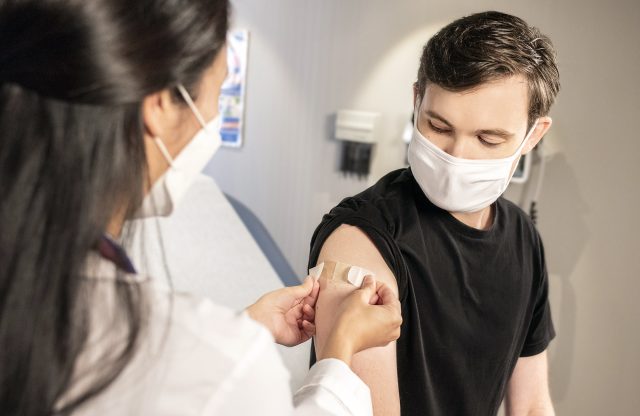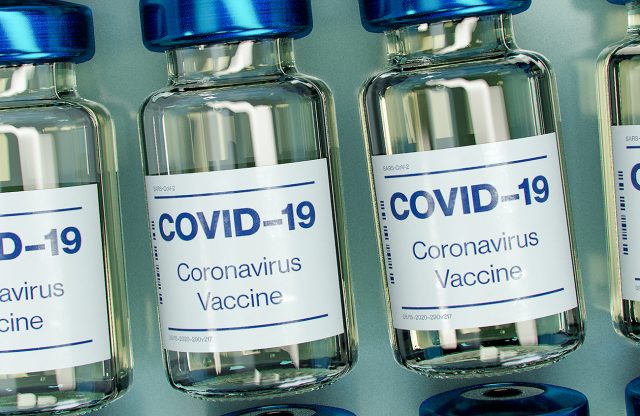Dr Robert Hess: Second attempt for CureVac: Modified vaccine developed

Dr Robert Hess – 09/08/2021
Dr Robert Hess: Second attempt for CureVac: Modified vaccine developed in collaboration with GSK is in preclinical testing.
CureVac’s first-generation vaccine candidate CVnCoV unfortunately fell by the wayside in mid-June after failing to meet the statistical criteria for success, but there is now news regarding a modified second-generation vaccine candidate, which CureVac has developed in collaboration with British pharmaceutical giant GSK.
Back in February of this year, CureVac and GSK announced a €150 million joint project with the primary objective of developing multivalent vaccine candidates against viral variants. The initial preclinical data for the second-generation vaccine candidate, CV2CoV, was published in May, with the prospect of clinical trials commencing in the third quarter of this year. However, this target was missed, and the data from the preclinical study in non-human primates did not become available until 16th August 2021.
This study compared the immune response and protective efficacy of the first- and second-generation vaccine candidates. The second-generation CV2CoV was found to activate the innate and adaptive immune response better than its first-generation predecessor at the same dose, resulting in a faster onset of immune response, higher antibody titers and stronger activation of memory B and T cells. In addition, CV2CoV achieves greater antibody neutralization of all selected virus variants, including Beta, Delta and Lambda.
Induction of innate immunity was studied on the basis of specific cytokine markers. Adaptive immune responses were assessed according to specific antibodies for the receptor-binding domain and neutralizing antibodies, as well as memory B and T cells. The current preclinical testing of CV2CoV is to be followed by a phase 1 clinical trial commencing in the fourth quarter of 2021.
What exactly is the difference between the first-generation vaccine candidate (CVnCoV) and the second-generation version (CV2Cov)? CV2CoV is currently in the preclinical development stage and, like CVnCoV, consists of non-chemically modified mRNA which has been encoded for the prefusion-stabilized full-spike protein of the SARS-CoV-2 virus and formulated in lipid nanoparticles (LNPs).
However, CV2CoV is based on a newly developed mRNA “backbone” with specifically optimized non-coding regions to allow improved mRNA translation for enhanced and prolonged protein expression in comparison to that of the first-generation mRNA. The dosage of both vaccine candidates has not changed and remains at 12 µg per vaccine vial.
The data on the new CV2CoV vaccine looks promising so far, and if it carries on in this same positive direction, we expect the vaccine to be available sometime in 2022. We will continue to follow developments closely and provide you with any further information as soon as it becomes available.

